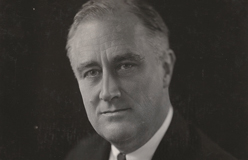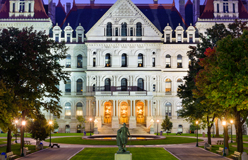Much of the time, the United States government runs pretty smoothly.
Laws are passed and enforced, court cases are heard, relations with other countries are carried out. This is due primarily to the genius of our Constitution.
The Constitution establishes three branches of government – the legislative branch, the executive branch, and the judicial branch. The legislative branch makes the laws, the executive branch enforces the laws, and the judicial branch decides whether laws are constitutional or unconstitutional.
The Constitution also establishes the separation of powers. That means the government has a system of checks and balances that makes sure no single branch of government has too much power. In addition to the U.S. Constitution, each state has its own constitution.







